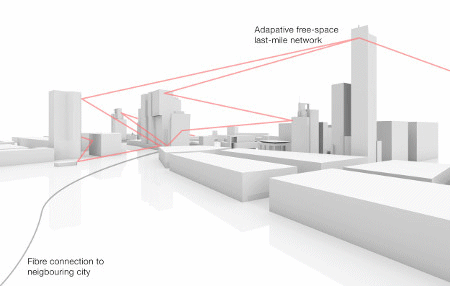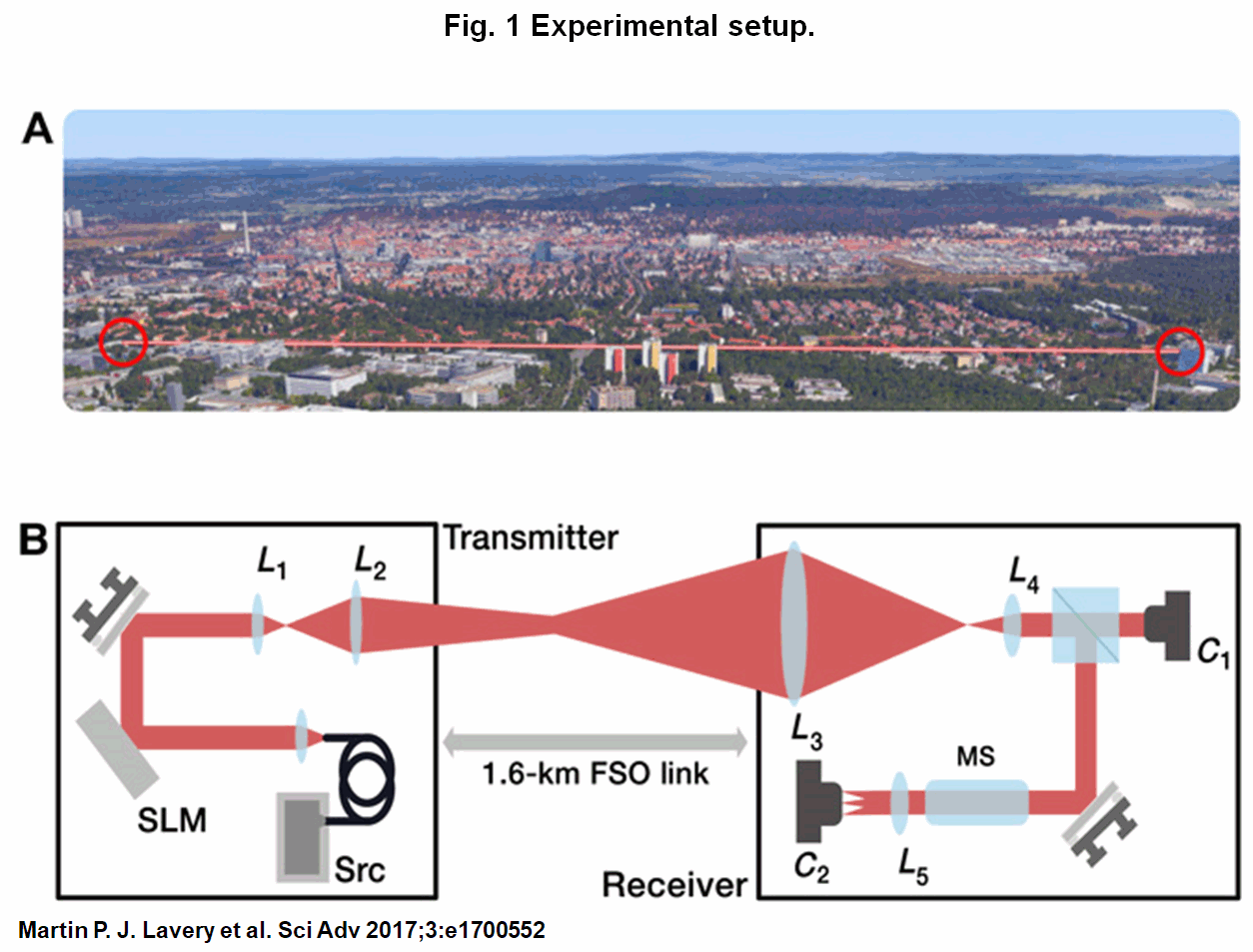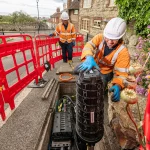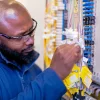Twisted Light Wireless Optical Broadband Could Make Fibre Optics Obsolete
A team of scientists working in the Photonics Research Group at the University of Glasgow (Scotland) has made progress on a way to adapt twisted light across a wireless optical (laser) ultrafast broadband network, which they claim could make traditional fibre optic (FTTH/P) cables “obsolete.”
The act of twisting light in order to send more data, which is called Optical Angular Momentum (OAM), is not new and fibre optic networks can already do something similar (see our story from 2012). In fact even wireless radio networks have found ways of adapting such techniques (here). Usually this works by taking individual particles of light (photons) and passing them through a special hologram (like the ones you see on credit cards), which gives those photons a twist (OAM).
 Unfortunately making twisted light work for a pure optical link across open spaces (i.e. no fibre cables required) has proven difficult to achieve due to problems with interference (simple changes in atmospheric pressures can scatter light beams and cause the spin information to be lost), but it could be the key to creating a viable “last mile” network for delivering reliable high capacity broadband connections to buildings.
Unfortunately making twisted light work for a pure optical link across open spaces (i.e. no fibre cables required) has proven difficult to achieve due to problems with interference (simple changes in atmospheric pressures can scatter light beams and cause the spin information to be lost), but it could be the key to creating a viable “last mile” network for delivering reliable high capacity broadband connections to buildings.
Advertisement
Certainly it would be cheaper than laying new cables to distribute capacity and should be faster than point-to-point radio (Microwave etc.) alternatives over distance. In keeping with that the team, which also worked alongside researchers in Germany, New Zealand and Canada, examined the effects on both the phase and intensity of OAM carrying light over a real link in an urban environment.
The result is that they were able to setup a 1.6km long “free space link” (field test) in Erlangen (Germany), which passed over fields and streets and close to high-rise buildings in order to simulate a complex real-world environment. Previous studies had not fully characterised the effects of turbulent air on the phase of the structured light propagating over links of this length, but this one did.

The bad news is that they did encounter plenty of problems with the turbulent atmosphere, which “highlighted the fragility of shaped phase fronts, particularly for those that would be integral to high-bandwidth data transfers.” The good news is that the team’s ability to understand all this means that a way forward may now be possible.
Advertisement
Dr. Martin Lavery, Head of the Structured Photonics Research Group, said:
A complete, working optical angular momentum communications system capable of transmitting data wirelessly across free space has the potential to transform online access for developing countries, defence systems and cities around the world. Free space optics is a solution that can potentially give us the bandwidth of fibre, but without the requirement for physical cabling.
This study takes vital steps forward in the journey towards high dimensional free space optics that can be a cheaper, more accessible alternative to buried fibre optics connections.
With these new developments, we are confident that we can now re-think our approaches to channel modelling and the requirement places on adaptive optics systems. We are getting ever closer to developing OAM communications that can be deployed in a real urban setting.
We want to start a conversation about the issues that need to be addressed and how we are going to move towards the resolution.”
A copy of the paper can be found in the journal Science Advances, although we still appear to be a long way off seeing a commercially viable solution. On top of that it’s unlikely that such a mode of communication will actually make fibre optic cables “obsolete“, not least because by the time such a solution is actually developed (or should we say “if“) then many of its potential applications may have already been catered for by such cables. It’s also unlikely to ever work over very long distances (e.g. oceans).
Dr Lavery undertook the work in partnership with researchers from the Max Planck Institute for the Science of Light and Institute of Optics, and the Universities of Otago, Ottawa and Rochester.
Mark is a professional technology writer, IT consultant and computer engineer from Dorset (England), he also founded ISPreview in 1999 and enjoys analysing the latest telecoms and broadband developments. Find me on X (Twitter), Mastodon, Facebook, BlueSky, Threads.net and Linkedin.
« Openreach Unveil New UK Pricing for FTTP on Demand Ultrafast Broadband

















































Comments are closed